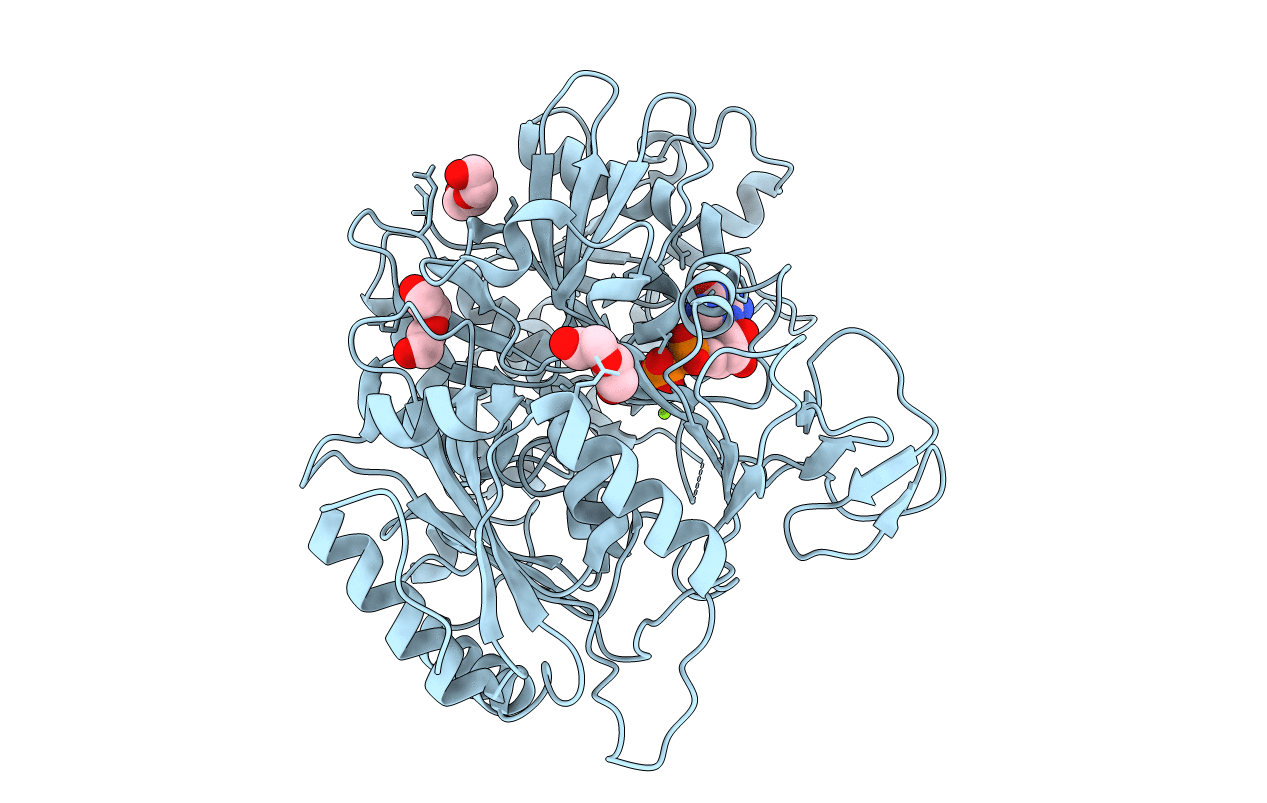
Deposition Date
2014-09-16
Release Date
2015-04-08
Last Version Date
2023-09-20
Entry Detail
Biological Source:
Source Organism:
Mycobacterium tuberculosis H37Rv (Taxon ID: 83332)
Host Organism:
Method Details:
Experimental Method:
Resolution:
2.60 Å
R-Value Free:
0.27
R-Value Work:
0.20
R-Value Observed:
0.21
Space Group:
C 2 2 21


